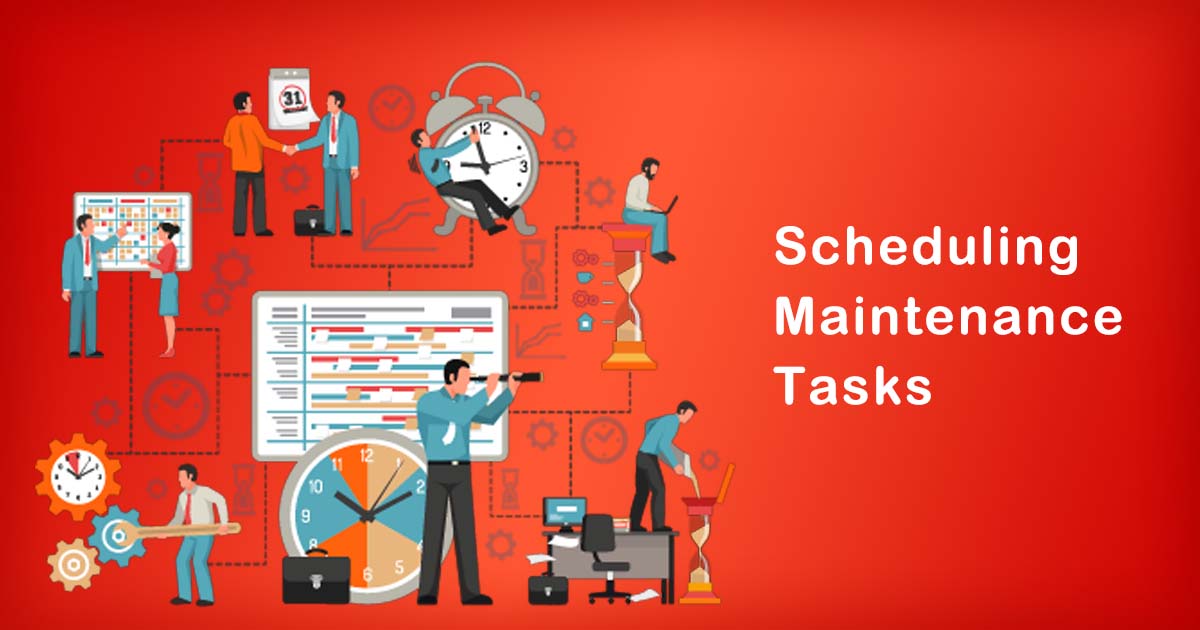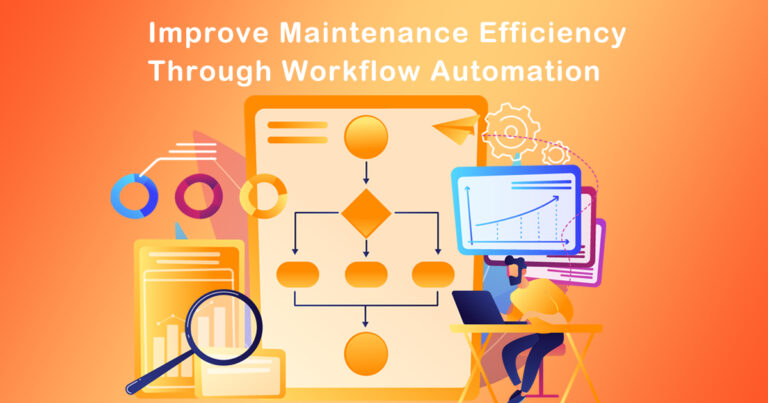Maintenance is a critical aspect of any industrial or commercial operation. Whether it is a manufacturing unit, a power plant, or an office building, regular maintenance is essential to keep equipment and systems running smoothly and prevent costly downtime. In India, where a significant portion of the economy is driven by manufacturing and infrastructure, effective maintenance scheduling is crucial for businesses to stay competitive.
Here are some best practices for scheduling maintenance tasks that can help businesses in India optimize their operations and minimize downtime:
1. Develop a maintenance plan:
A well-defined maintenance plan is the foundation of any maintenance scheduling strategy. A maintenance plan should include a detailed inventory of all equipment and systems, along with their maintenance requirements and schedules. This plan should also identify critical equipment that requires frequent inspections and maintenance.
2. Prioritize maintenance tasks:
Not all maintenance tasks are equally important. Prioritizing maintenance tasks based on their criticality and impact on operations can help businesses optimize their maintenance efforts. High-priority tasks should be scheduled first, while low-priority tasks can be scheduled for later.
3. Use technology to automate maintenance scheduling:
In today’s digital age, there are several software solutions available that can automate maintenance scheduling. These solutions can help businesses optimize their maintenance schedules, improve the accuracy of maintenance tasks, and reduce the chances of missed or delayed maintenance tasks.
4. Schedule maintenance tasks during off-hours:
Scheduling maintenance tasks during off-hours, such as weekends or holidays, can minimize disruption to operations. This is especially important for businesses that operate around the clock or have limited downtime.
5. Train maintenance staff:
Proper training of maintenance staff is critical to ensure that they have the necessary skills and knowledge to perform maintenance tasks effectively. Regular training sessions can also help keep maintenance staff up-to-date with the latest maintenance practices and technology.
6. Regularly review and update the maintenance plan:
A maintenance plan is not set in stone. It should be regularly reviewed and updated to reflect changes in equipment, technology, and operations. This can help businesses optimize their maintenance schedules and ensure that they are using the most effective maintenance practices.
According to a report by the Indian Machine Tool Manufacturers’ Association (IMTMA), India’s manufacturing industry is expected to grow at a rate of 7.5% per annum over the next decade. This growth will require businesses to invest in new equipment and technology, making effective maintenance scheduling even more critical.
In conclusion, scheduling maintenance tasks is essential for businesses in India to optimize their operations and minimize downtime. Developing a maintenance plan, prioritizing maintenance tasks, using technology to automate maintenance scheduling, scheduling maintenance tasks during off-hours, training maintenance staff, and regularly reviewing and updating the maintenance plan are some of the best practices that businesses can adopt to optimize their maintenance schedules. By implementing these best practices, businesses in India can improve their productivity, reduce costs, and stay competitive in today’s rapidly evolving economy.








